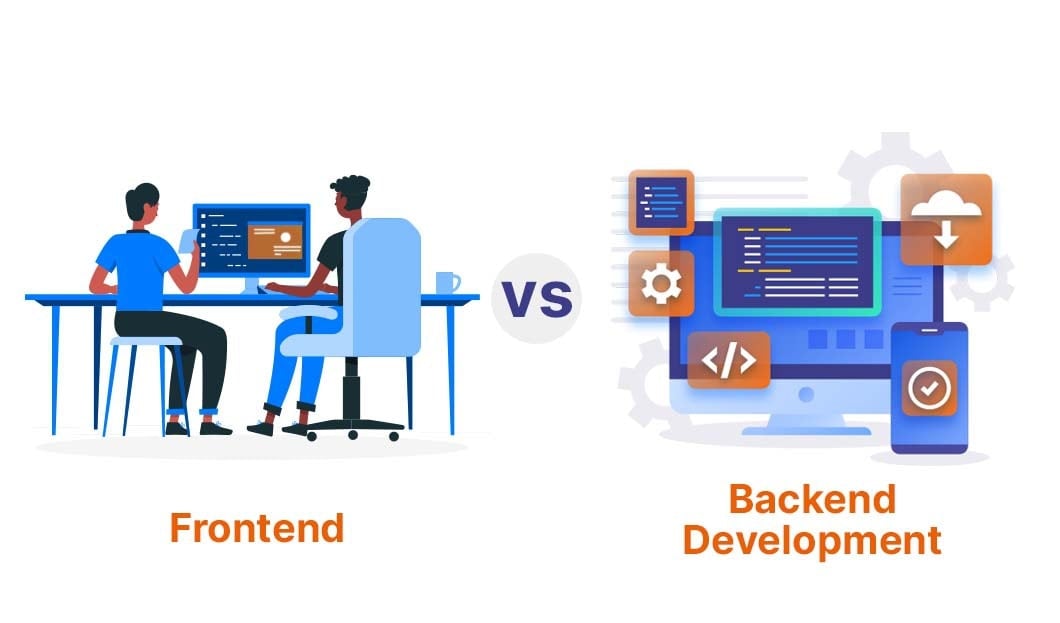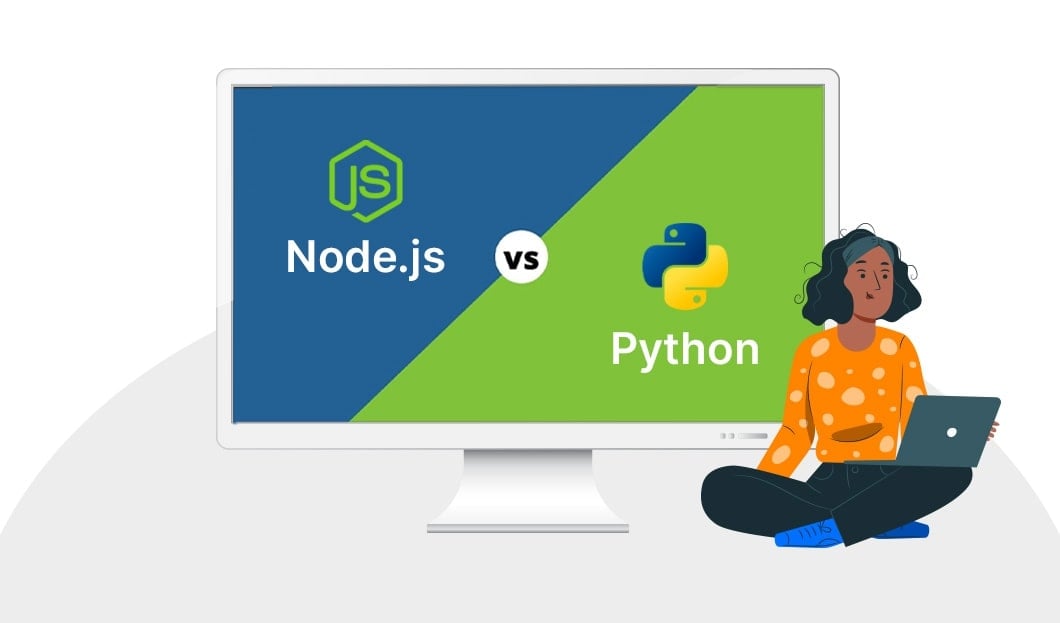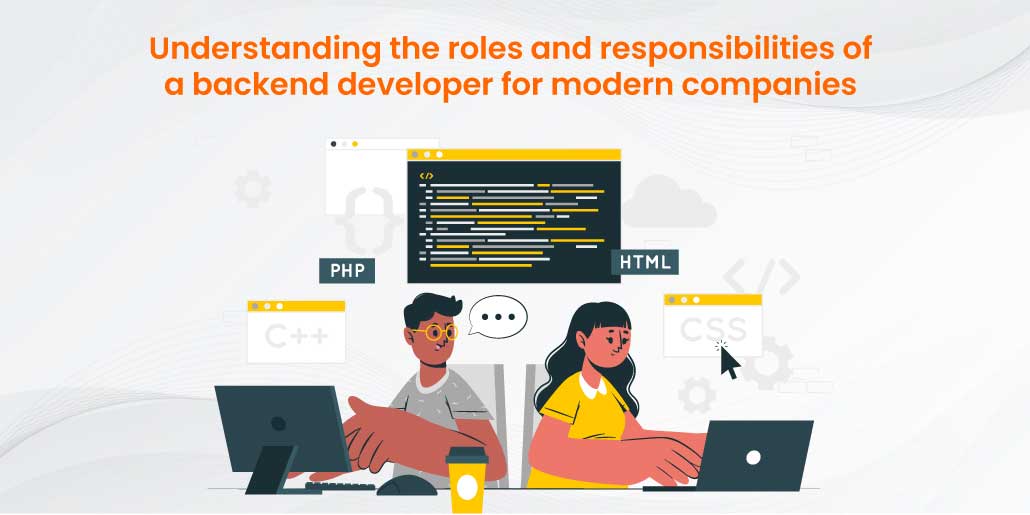In the ever-evolving landscape of Software application development, Backend as a Service (BaaS) has emerged as a game-changer. BaaS is revolutionizing the way developers build and deploy their applications. It offers a comprehensive cloud-based solution that takes care of the backend infrastructure, allowing developers to focus on creating remarkable user experiences and driving innovation.
We have put together this ultimate guide that provides an in-depth exploration of BaaS, its working benefits cum features, and how it streamlines the app development process, allowing you to create exceptional user experiences. Let’s get started.
What is BaaS?

BaaS stands for "Backend as a Service." It is a cloud computing model that provides developers with a pre-built backend infrastructure for their applications. BaaS providers handle the server-side operations and offer a set of APIs and SDKs (Software Development Kits) that developers can use to integrate essential features and services into their applications.
As per the data published by Future Market Insight, the global BaaS market will reach USD 22,072 million by 2032, and the Backend as a Service (BaaS) is expected to grow at a CAGR of 24.6%.
With BaaS, developers can offload the responsibilities of server management, scalability, security, and infrastructure maintenance, allowing them to focus more on building their applications' front end and user experience.
Why your business needs Backend as a Service (BaaS)?
Backend as a Service (BaaS) offers numerous benefits to businesses. BaaS platforms typically provide a range of features, such as user management, push notifications, file storage, databases, social media integration, analytics, and more.
Using BaaS, your developers can save time and effort by leveraging the provider's pre-built backend infrastructure and services. It also enables faster development cycles and reduces the need for backend development expertise.
How the Backend as a Service (BaaS) works?
BaaS provides developers a cloud-based platform that handles their applications' backend operations and infrastructure. Here's a simplified overview of how BaaS works:
- Registration and Setup: Developers sign up for a BaaS provider and create an account. They may need to provide basic information about their application and set up authentication credentials.
- Application Integration: Developers integrate the BaaS SDK (Software Development Kit) or API into their application's codebase. The SDK provides libraries and tools that allow developers to interact with the BaaS platform and access its features and services.
- Backend Configuration: Developers configure the BaaS platform’s backend services to meet their application's requirements. This may include setting up databases, defining data models, configuring server-side logic, and enabling services like user authentication, push notifications, and more.
- Frontend Development: With the backend framework, developers can focus on building the front end of their application, including the user interface and client-side functionality.
- API Communication: The application’s front end communicates with the BaaS platform through APIs provided by the SDK. Developers make API calls to perform user authentication, data retrieval and manipulation, and other backend tasks.
- Scalability and Infrastructure Management: The BaaS platform handles the scaling and management of the backend infrastructure. It ensures the application can drive increased traffic and user demands by dynamically allocating resources as needed.
- Analytics and Monitoring: BaaS platforms often provide analytics and monitoring tools that allow developers to track usage patterns, performance metrics, and user engagement. These insights can help developers optimize their applications and make data-driven decisions.
- Updates and Maintenance: The BaaS provider handles updates, maintenance, and security patches for the backend infrastructure.
Main Features of BaaS:
In this section, let’s delve into the remarkable features that make BaaS a game-changer for developers and businesses.
- User Management: BaaS platforms offer features that seamlessly handle user registration, authentication, and authorization tasks. It empowers the backend developers to effortlessly integrate user account creation, login, password reset, and user profile management into their applications, enabling them to focus on crafting exceptional user experiences.
- Database Management: BaaS platforms provide the ultimate ease of database management services, from storing to managing application data. These services empower developers with functionalities like efficient data modeling, speedy querying, seamless indexing, and data synchronization across devices so that you can focus on truly what matters – delivering enhanced outcomes for the user without the hassles of complex data management.
- File Storage and Management: With BaaS, developers can embrace the freedom of effortless file storage and management. It offers the benefits of secure and scalable file storage in the cloud, enabling backend developers’ seamless access and retrieval from anywhere, anytime.
- Push Notifications: Developers can elevate the application's engagement and user experience with the powerful push notification feature BaaS offers! With this feature, one can seamlessly integrate push notification services into the applications and deliver real-time and targeted updates directly to your users' devices. In short, it is a great feature to enhance user satisfaction and drive increased app usage and retention.
- Social Media Integration: BaaS platforms can effortlessly elevate your application’s social media presence. It enables seamless app integration with popular social media networks, allowing backend developers to implement social login, sharing, and other social features into their applications quickly and conveniently.
- Analytics and Reporting: BaaS platforms often provide robust analytics and reporting tools that can help businesses track user behavior, usage patterns, and other metrics. With this feature, one can effortlessly make data-driven decisions, optimize user experiences, and achieve unparalleled growth by maximizing the impact of your application.
- Third-Party Integrations: BaaS platforms also provide integrations with third-party services and APIs, allowing developers and businesses to incorporate exciting additional functionalities into their applications easily. One can include integrations with email services, SMS gateways, CRM systems, and more. This feature revolutionizes your app's possibilities, putting you at the forefront of innovation and user satisfaction.
Conclusion:
Backend as a Service (BaaS) is emerging as a game-changer for backend developers and businesses alike. Its simplified approach and powerful features empower developers to create unique applications easily. Moreover, with BaaS, companies can be well equipped to save time, accelerate development cycles, and minimize the need for extensive backend expertise.
Go ahead and harness the power of BaaS to revolutionize your business operations with streamlined efficiency and enhanced productivity. As you embark on your BaaS journey, Clarion Technologies is the leading provider of backend development expertise, ensuring unparalleled growth and success for your business. Don't hesitate to contact us and unlock your application's full potential with the industry's best backend developers. Let your business soar to new heights with BaaS and Clarion Technologies by your side.
FAQs
Q1: How is BaaS different from traditional backend development?
Ans: - Traditional backend development involves building and maintaining custom backend infrastructure, including servers, databases, APIs, and authentication systems. BaaS eliminates the need for developers to build these components from scratch by offering a ready-to-use backend platform.
Q2: What are the benefits of using BaaS?
Ans: - Using BaaS offers several benefits, including faster time-to-market, cost savings, scalability, enhanced security, simplified infrastructure management, access to advanced features, and the ability to focus on core competencies and innovation.
Q3: How do I integrate BaaS into my application?
Ans: - It involves signing up for a BaaS provider, integrating their SDK or API into your codebase, configuring the backend services, and making API calls to interact with the BaaS platform.





.jpg)



